Este mes en el canal de YouTube de Planet Classroom Network, el público puede aprender a crear obras de arte maravillosas en videos de bricolaje producidos por Material for the Arts. En Rosario, a creative reuse video, John Cloud Kaiser, Director of Education for Los materiales para las artes, shows everyone how to make beads from everyday materials. And if you need a simple lesson on how to create a portrait or even a self-portrait that can be hung in your own museum, you need to watch Plastic Portraits.
Dedicated to inspiring imagination through creative reuse, Materials for the Arts is focused on keeping valuable materials out of landfills and in the hands of arts professionals and youth across the five boroughs of New York. Unwanted items can always become something new through creative reuse and unlimited imagination.
La Búsqueda Global para la Educación is pleased to welcome teaching artist and curator, John Cloud Kaiser.
How does recycling help the climate and help the planet?
There are many ways that we can work to help our climate and help our planet. Recycling tends to be one of the most prominent ways, and at my place of work, Materials for the Arts in New York City, we teach a holistic ethos of climate support by using reuse as our central theme. Específicamente, talking about reuse from the standpoint of how people can get free materials by reusing the things that they might throw out. Así, we use reuse as a way to show people that when they throw things out that they use, like packaging and all of the different things they have, it doesn’t just disappear. It’s an object. It goes somewhere. And by having them make things with these reusable materials, they are more aware of the nature of all of the tons and tons of waste that we put into our environment every day.
What are you most proud of in your youth programming on climate change to date?
We work with schools, y al hacerlo,, we are hopefully working with the next generation of citizens, preparing them to be better stewards of this planet and perhaps educating their parents as well. We like to emphasize the positive aspects of sustainability and what we’ve seen is that by talking about art projects, talking about how schools can have access to all sorts of supplies that they normally are short on by just keeping a treasure bin of reused materials at their school, it’s a great way to get teachers and schools to embrace sustainability. A lot of times, schools and citizens in general see sustainability as a chore and as a hassle, as a problem, but in reality sustainability is the process of the apple growing on the tree and us eating it and the seeds growing another tree. And all these great mechanisms make for a beautiful world, so we really want to remind people that there are benefits to sustainability. By being sustainable we are rewarded.
Eric Simon’s film, What To Do About Climate Disruption, is now screening on the Planet Classroom YouTube Channel. What do you think are the main takeaways from this documentary?
When I saw Eric Simon’s film, What To Do About Climate Disruption, I was reminded that this conversation about sustainability is still ongoing. There’s so much work to be done. In terms of re-thinking and reworking and re-communicating the value of sustainable thinking, of combating climate change, and most importantly that reason is because in the end we can’t make people do anything. We’re in a democracy. We have to convince enough of our citizens that it’s meaningful so that they put the pressure on our leaders, and so that’s just how our culture operates. And things change. We can’t go and make everybody do something. We have to convince them. When we work with the arts, we see the arts as one of the most essential tools for winning the hearts and souls of citizens.
Bill Gates’ new book. He believes that while innovations like electric cars, solar panels, lithium-ion batteries and plant-based burgers are important, they don’t go far enough – our strategies have to go beyond agriculture and electricity to encompass all carbon-spewing processes so that we can develop green alternatives. What is your reaction? What does it mean for global learning?
Bill Gates new book is talking a lot about creating a larger plan for dealing with all of our different sources of omissions. I think that is indeed something that’s inevitable, whether it happens soon enough or too late is really the question. As we start to see the impact of climate change more and more firsthand, those decisions will eventually be made, but we want to make those decisions sooner than later. We want to be a forward-thinking society, and so what we see as our role is this goal of creating dialogue, creating situations for people to have conversations, to have reflection, to have opportunities to be able to approach the concept of sustainable thinking in ways that are comfortable for them. Así, one example would be in New York City when it comes to composting. One way to teach composting would be to get people to play with dirty compost and to have them have worms and have them keep a compost bin in their house, but it seems a little aggressive in my personal opinion, because composting doesn’t require us to keep worms in our house or to keep our own compost bin, just as much as we don’t need to process our own garbage in our house. All it requires is for us to put our compost in a compost bin and put it on the curb for it to be picked up. And I think that might be the change that needs to happen is a less militant approach to talking about climate change. This is something we want to convince our most conservative neighbors that this is something that’s valuable for them. And by engaging in simple opportunities and solutions, and not in a sense making it an us and them, making it a binary, making it something where everyone has to live off the grid in order to embrace, it will be a possibility for the future.
Can human beings invent their way out of climate change by accelerating a transition to new forms of energy that might normally take a century or more? Do you believe this is practical? ¿Por qué o por qué no?
We’re at a point now where we do have to change our systems, whether it calls for lowering omissions or transitioning to electric vehicles and all these different approaches of reuse infrastructure and recycling. But we also definitely are going to need to invent our way out of this situation only because it’s too late and every expert has talked about the necessity for both of these approaches. But that’s just what got us into this problem in the first place. That’s what we do. We invent stuff and even if we try to tell people to not do it, they would do it. Part of the future of making any change in a large sense is to embrace the realities of the way things go and not to try to force change. Change can’t be forced, it can only be shared with the community, and when the community has a large enough agreement on that, then those systems going to place. Así, I look forward to all sorts of strategies in terms of new inventions but also new awareness and grown communication within our communities where we most importantly embrace a shared belief in sustainability and impacting Climate Change.
Thank you John!
C.M. Rubin and John Cloud Kaiser
No te pierdas Rosario y Plastic Portraits produced by Curator Materials For The Arts en el canal de YouTube de Planet Classroom Network.

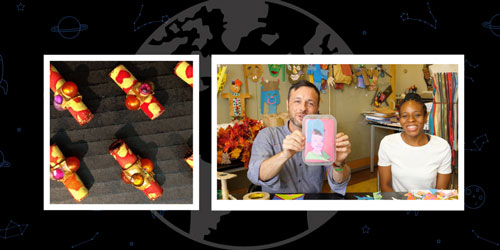
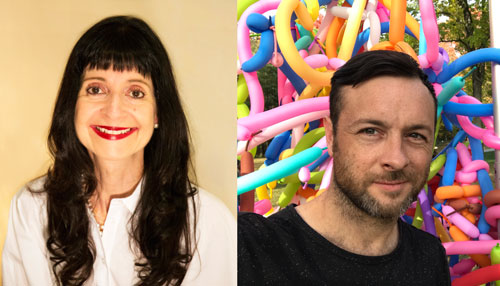
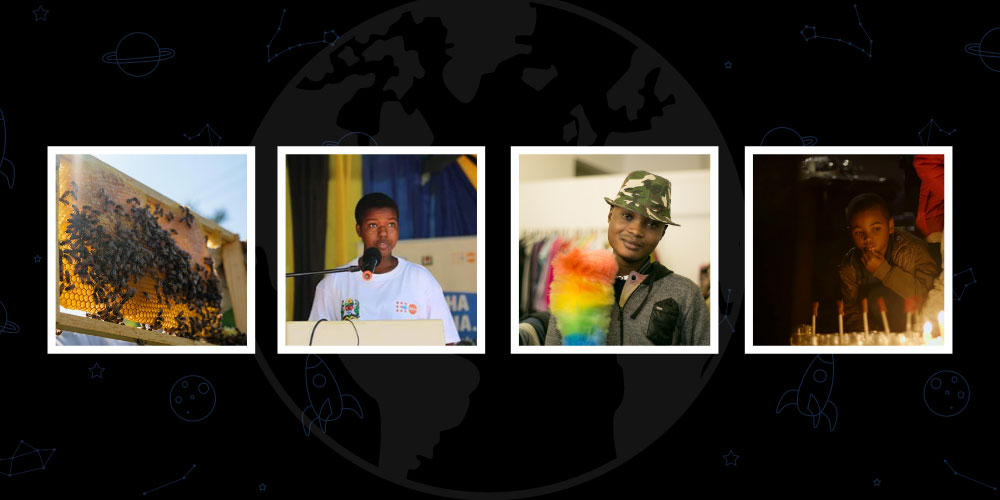
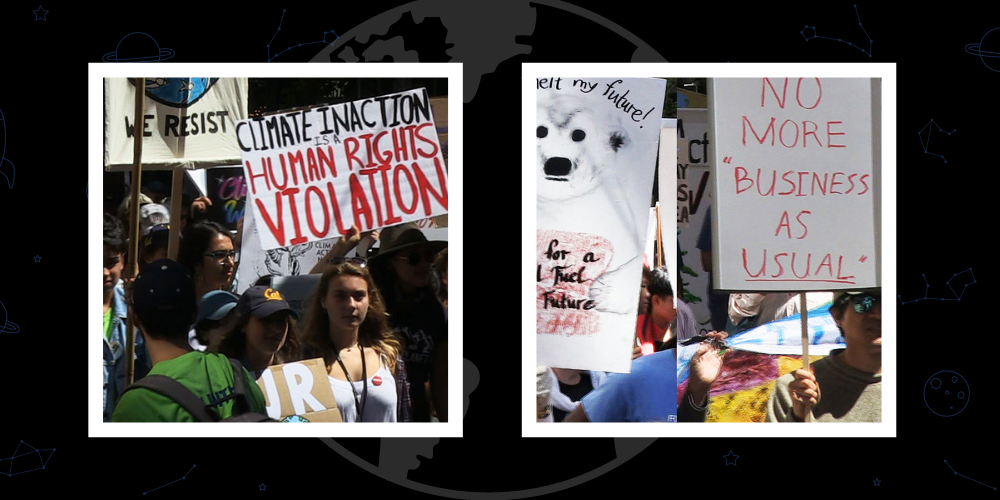
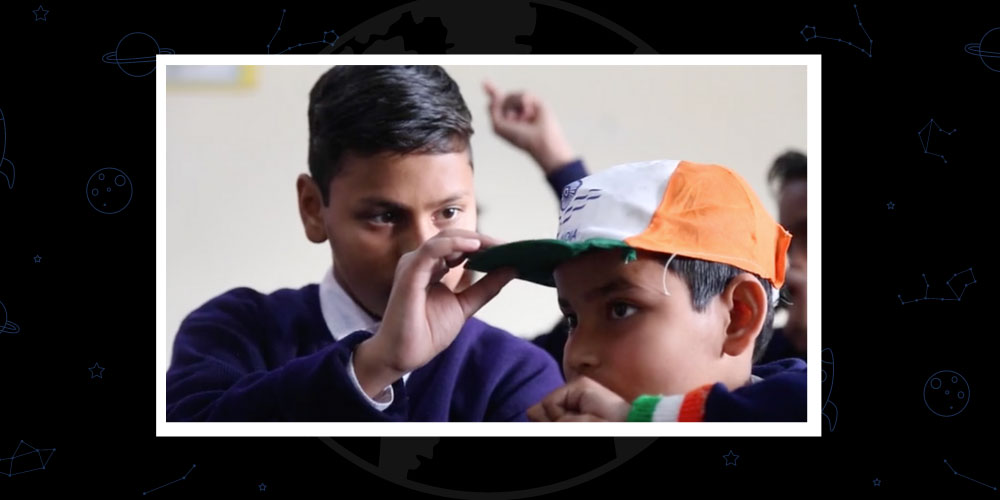
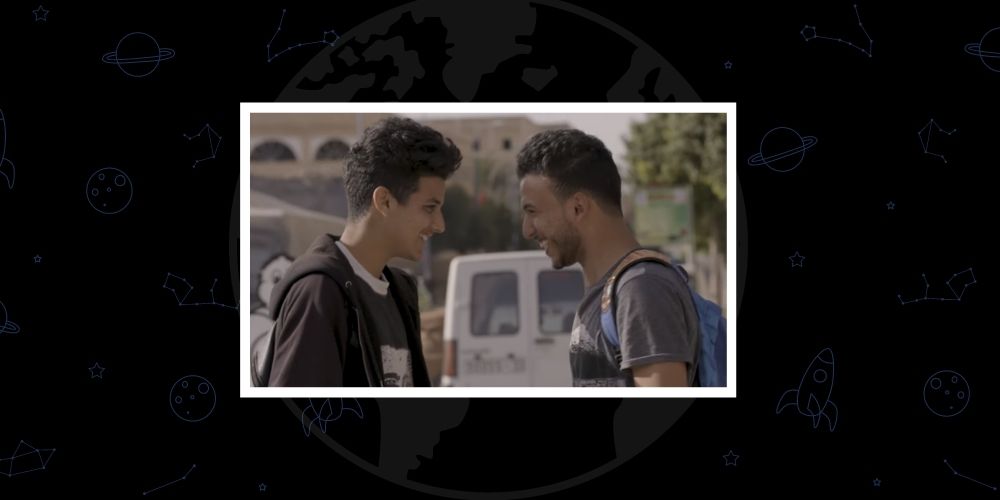
Comentarios recientes